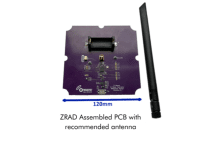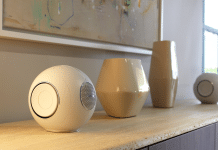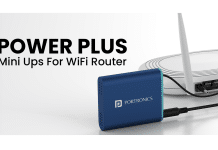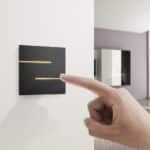
Smart lighting in the residential segment is growing at quite an accelerated rate. Smart light bulbs with Wi-Fi and Bluetooth technologies are now available at price ranging from Rs. 500 to Rs. 7500, making it affordable for the mass. The professional lighting control with IoT capabilities is mainly catering to the commercial and high-rise residential apartments with lighting management solutions and often integrated into the centralized building management system. The rapid market penetration of smart speakers with virtual voice assistants drives the demand for smart home products, especially smart home appliances. Anirudh Bhaskaran, Senior Analyst- Energy & Environment, Frost & Sullivan says, “The current scenario of the smart home industry is optimistic but the industry would reach pre-COVID-19 level by end of 2022 and pick up the pace from early 2023 growing at a CAGR of 10% to 15%”.
How has the pandemic affected the smart home industry?
The pandemic has made a deep impact on the Indian households on how we work, live, and socialize with others. Nearly every industry was negatively affected by the pandemic and the smart homes industry was no exception. However, we need to evaluate the impact in phases. From January-March 2020, business was as usual, from April to July the demand was minimum to zero and then from August 2020 to March 2021, consumer demand picked up the pace once again. Overall, I would say the Indian smart homes market from January to December 2020 could have grown only by lower single digits which is a significant drop in sales compared to 2019.
What according to you is the reason behind the growing popularity of smart home products?
The growing popularity of smart speakers with virtual voice assistants drives the demand for smart home products, especially smart home appliances. The smart speaker sale in India is estimated to have crossed 1 million units in 2020 with Amazon leading the market contributing 75% to 80% of unit shipments. Also, there is a constantly growing competition from new channels such as real estate companies offering smart home products to new home buyers through solution partners.
What is the current market size of IoT based home technology solutions in India?
The Indian smart homes market size currently is between Rs. 30,000 crore to Rs. 33,750 crore ($4.0 to $4.5 billion). This includes home energy management systems, home automation systems, smart home appliances, home entertainment, home safety & security and health & wellness IoT products.
What are the challenges a newcomer of the smart home industry faces while penetrating the market?
The key challenge is the price competition from Chinese players offering smart home products at a much lower cost. Secondly, the awareness of the value provided by the IoT-enabled smart homes products is quite low and it is crucial to educate the mass market audience on that aspect.
Is demand for smart home solutions increasing in Tier 2 cities in India? which city has maximum smart-tech-enabled homes in India?
The demand is growing in Tier 2 cities but the market penetration is low due to affordability as these are mid to low-income group cities. Tier 1 cities have maximum smart home penetration. Cities like Mumbai, Pune, Goa, Delhi, Bangalore, Chennai, Hyderabad, Kolkata, Ahmedabad, and Surat witness maximum demand for smart home products.















